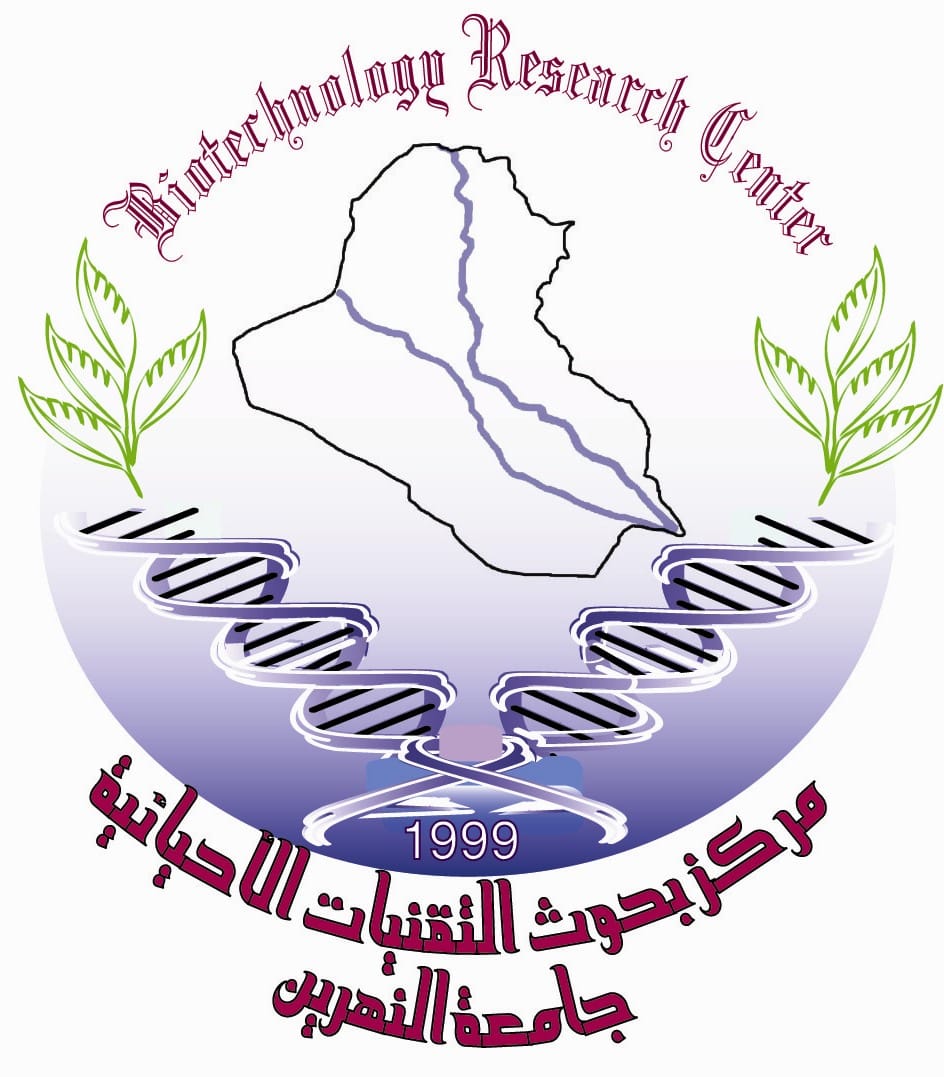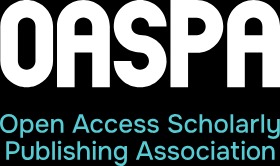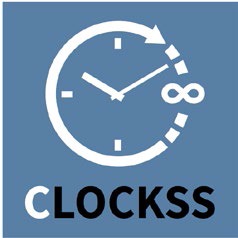Effect of Sunflower (Helianthus annuus L.) Seeds Treatment by Diode Laser Radiation in Seedlings and Calli Growth
DOI:
https://doi.org/10.24126/jobrc.2015.9.2.428Keywords:
Sunflower, Callus, Laser, Dihydrofolate reductaseAbstract
The effect of the exposure of sunflower (Helianthus annuus L.) seeds to red light laser radiation
with 650 nm 50 mw/cm2
by diode laser in germination and growth of seedlings and calli had been
studied. Seeds were irradiated with red light for different periods of time 5, 10, 15 and 20
minutes. The percentage of seeds germination and the average of roots length were different
according to exposure time used. Increasing the time of exposure led to the best results in seed
germination percentage (100%), rooting and shooting behavior and flowering acceleration
compared with control. Initiation of calli from explants (roots, stems and leaves) of sunflower
seedlings on Murashige and Skoog media containing 1.0 mg/l of Benzyl adenine and 0.5 mg/l of
Naphthalene acetic acid were succeeded very well from the irradiated seeds. The best irradiation
time was 20 minutes for growth and durability of leaf calli. The fresh weight, protein, DNA, RNA
contents and the specific activity of dihydrofolate reductase of calli of different explants were
increased with increasing the duration of seeds exposure to red light at 30 and 60 days of growth
on media. Results also illustrate increases in protein and oil contents in the irradiated seeds over
control seeds, specially at 20 minutes. Using red laser rays for 5 and 20 minutes, resulted in roots
and shoots production from calli of stem and leaf respectively
Downloads
Published
How to Cite
Issue
Section
License
This is an Open Access article distributed under the terms of the creative commons Attribution (CC BY) 4.0 license which permits unrestricted use, distribution, and reproduction in any medium or format, and to alter, transform, or build upon the material, including for commercial use, providing the original author is credited.











